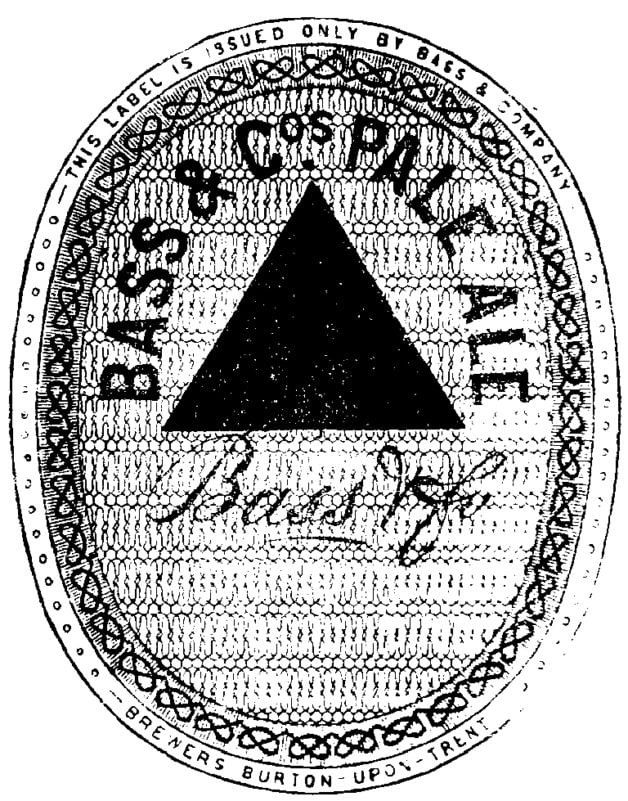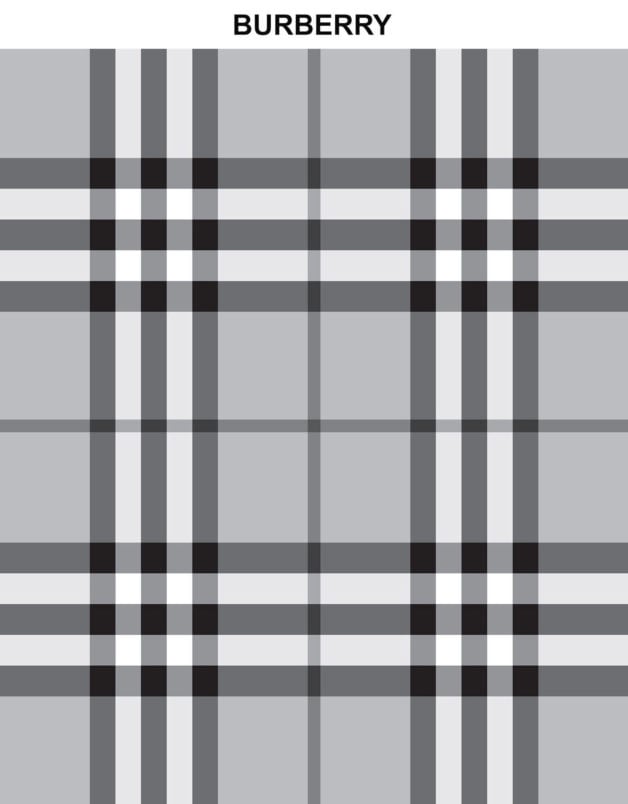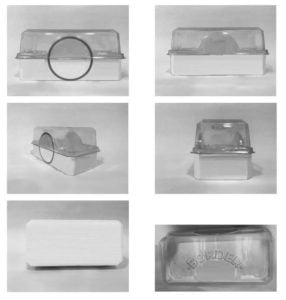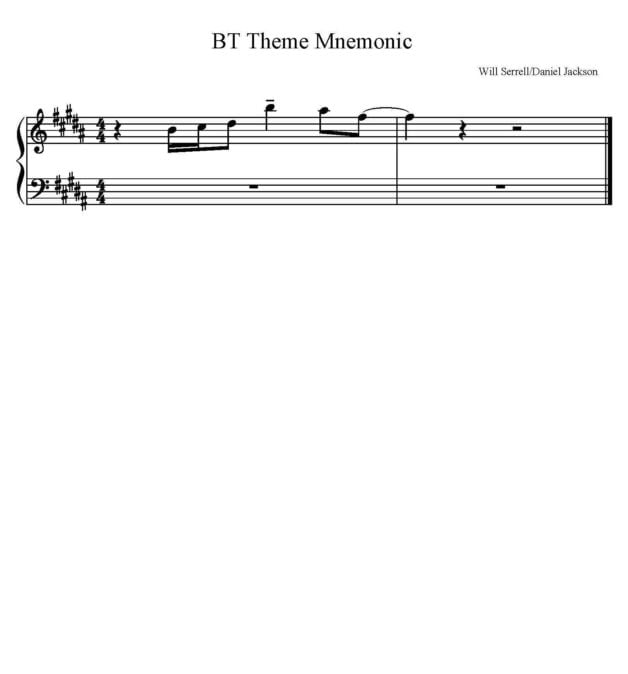A trademark is something that identifies the products or services of a specific business. It is, therefore, a valuable business asset that needs to be protected to prevent others trying to use it to sell their products and services. The trademark can just be the name of the company or product but does not need to be and can be:
- Words – eg company name or product name
- Letters
- Numerals
- Designs – eg shapes, symbols, patterns, logos and signs
- Colours
- Sounds – eg jingles
- Shapes of goods or packaging – eg three dimensional (3d) shapes
- Movement – eg a sequence of images
- Smells, although these will be very hard to register
- A combination of any of the above
Use Inform Direct to form a company
Inform Direct makes it easy to form a new company and send everything required to Companies House.
A trademark is just one type of intellectual property that can be protected. Other types are copyright, patents and designs.
A trademark can be unregistered or registered. The symbol ® can be used after the name to indicate a registered trademark. TM can be used after the name to indicate an unregistered trademark.
Registered trademarks in the UK are those accepted by the Intellectual Property Office (‘IPO’) or the European Union Intellectual Property Office where a EU wide registration has been made. A registration lasts for ten years at the end of which it can be renewed.
The oldest UK registered trademark is the Bass triangular shape in an oval with the words Bass & Co’s pale ale registered on 1 January 1876. This is still a registered trademark although no longer owned by Bass & Co. An example of a design that is a registered trademark is the Burberry check pattern owned by Burberry Limited.
Unregistered trademarks are those that are not included in the IPO register but are still used to identify the business’s products or services.
It is possible to stop someone using the same or similar trademark to a pre-existing registered or unregistered trademark (known as ‘passing off’) but it is harder to demonstrate this for an unregistered trademark. For an unregistered trademark the claimant will need to demonstrate that they:
- own the trademark for the appropriate goods and services;
- have built up goodwill associated with the trademark; and
- have been harmed in some way by that person using the trademark.
Rules around trademarks
Trademarks in the UK are covered by The Trade Marks Act 1994 as amended by subsequent legislation and most recently by The Trade Marks Regulations 2018 which is in force from 14 January 2019.
Trademarks are recognised if:
- they can be clearly and precisely represented in the register of trademarks to enable others to determine what is protected; and
- they sufficiently distinguish the products and services of one person from those of another person.
The business registering the trademark must have some form of separate identity (eg individual person, company, LLP, partnership or trust). Once a trademark has been registered this should help stop another business using that trademark for the same or similar products or services. This does not stop another business selling the same or similar products or services provided a different trademark is used or using a similar trademark for totally different products or services.
What can be accepted as a registered trademark
As detailed above there are numerous forms that a trademark can take. There are, however, also rules that mean a trademark:
- cannot be offensive, eg cannot contain swear words or obscene images;
- cannot only describe the type of goods or services it relates to, eg cannot use hosepipe for a company that makes hosepipes;
- cannot be misleading, eg cannot use ‘natural’ for goods that are man-made;
- cannot be a 3-dimensional shape associated with the goods, eg cannot use the shape of an egg for eggs;
- cannot be too common and non-distinctive, eg cannot be a simple statement like ‘the best’;
- cannot be a protected designation of origin or geographical indication;
- cannot be a protected traditional term for wine or specialities guaranteed;
- cannot be a protected plant variety;
- cannot be the same as or too similar to an existing registered trademark for the same class;
- cannot look too similar to symbols, eg flags, emblems or hallmarks of countries or international organisations.
The last of these is covered by the World Intellectual Property Organisation guidelines. This sets out the terms, emblems and symbols that cannot be included in a registered trademark that are protected under an international agreement. The main agreement is Article 6ter of the Paris Convention for the Protection of Industrial Property (‘Article 6ter’). This prevents the registration and use of trademarks that are identical or very similar to:
- armorial bearings;
- flags;
- other emblems;
- official signs;
- hallmarks;
- abbreviations; or
- names
of any country, international intergovernmental organisation (‘IIG’), a program or institution established by an IIG, or an international convention to which one or more country is party.
An example of an acceptable three dimensional shape as a registered trademark is the Borer biscuit packaging. The BT theme mnemonic is an example of an acceptable sound as a registered trademark.
Web domain, company and LLP names
A web domain name is separate from an organisation’s trademark and just because someone has a registered trademark it does not mean that they have the right to a web domain that includes their trademark. It could be that the other party is using the term for different goods or services so is also legitimately using that domain name. Similarly having a web domain does not mean that this is their trademark, especially if someone else has an earlier trademark that is too similar.
It is, however, possible to have someone’s domain name registration removed if that domain name has been registered unlawfully or maliciously.
As for domain names just having a registered company or LLP does not stop a person from using a trademark that is the same as or similar to the company’s name, especially if the trademark was in use before the company was incorporated. In addition, the company name may not be a trademark as it might:
- be a descriptive word or term;
- indicate geographical origin;
- already be registered by someone else.
Alternatively, a business might have a trademark, which is a word or term, that is not allowed by Companies House as it is not allowed by the legislation covering company names.
Types of trademark
There are certain types of trademark that only certain organisations can register:
- Certification marks – marks owned by trade associations, government departments, technical institutes or similar bodies that indicate a guarantee that the goods or services are of a certain standard or have a certain characteristic.
- Collective marks – marks that indicate the goods or services are from members of a trade association, rather than just one business.
Register of trademarks
The IPO maintains a register of trademarks and there is a facility to search IPO’s database online. A search of this database should be carried out when deciding on the name of a business or name of a company and before an application to register a trademark is made. This should show if there is an existing registered trademark the same as or too similar to the proposed name for the same class of goods or services. If a search does not find a match this does not mean that the IPO will accept the trademark as not being the same as or too similar to an existing trademark.
It is possible to use someone else’s existing trademark if that person has licensed the use.
Trademark classes
A registered trademark is specific to a class of business, although the same entity can register the same trademark in more than one applicable class. The trademark classification system groups together similar goods (products) or services into 45 different classes:
- goods are listed in classes 1 to 34;
- services are listed in classes 35 to 45.
These are consistent across the world and the list is referred to as the Nice classification. All classes have an overall heading explaining what is covered in that class. Each class then has a list of approved terms.
When applying to register a trademark it is important that all the correct classes and approved terms within each class for the business’s goods and services are chosen. New classes or approved terms cannot be added to an existing registered trademark.
The trademark class search function of the TMclass website can be used to find out which class or classes the business’s goods or services fall within.
Selling, transferring, licensing or mortgaging trademarks
As for other assets the following can be done with trademarks:
- Sale – full sale of the trademark or partial sale relating to some of the goods and/or services;
- Transfer – full transfer of the trademark or partial transfer relating to some of the goods and/or services;
- License – full or partial licensing of the trademark to another person;
- Mortgage or charge of the trademark – the mortgagor or chargor then has an interest in the trademark until the debt is settled.
Any change of ownership, new licensing agreement or new security should be notified to the IPO on the appropriate form.
Objecting to other peoples’ trademarks
The procedures and rules for objecting to trademarks differ depending on whether the trademark is unregistered, has been entered in the IPO’s register or published by the IPO in its online journal.
Objecting to a published trademark
When a trademark application is first accepted by the IPO it is initially published in its online journal. There is then a period of two months (extendable to three months) when objections to the registration can made. This can be by either:
- third party observations – where someone thinks the application has been accepted by the IPO in error, eg the trademark is descriptive of, or a generic term for, the goods or services, is not unique, is potentially misleading to consumers or is too similar to an existing trademark. The IPO will only consider the observations; or
- opposition – where someone tries to stop a published trademark becoming registered. The entire application or only some of the goods or services can be opposed. This can be on:
- absolute grounds where there is an alleged problem with the trademark, eg it is:
- descriptive of the goods and/or services;
- generic for those goods/services; or
- non-distinctive and should be free for everyone in that line of trade to use
- relative grounds as there exists an earlier trademark (which does not have to be registered) owned by the opponent with which the applicant’s trademark would conflict if it were used.
Anyone can oppose an application on absolute grounds but only the owner of an earlier trademark may oppose on relative grounds.
Opposing a registered trade mark
Once a trademark has been registered any of the following action can be taken to challenge it:
- Invalidation – apply to remove a trademark, in entirety or only some of the goods or services, from the register, eg where:
- it is not unique to the owner; or
- the same or similar trademark (registered or unregistered) is owned by another party.
- Revocation – apply to remove a trademark from the register, in entirety or only some of the goods or services, eg where:
- it has not been used by the registered owner;
- it has become the common name for the registered goods or services; or
- it is likely to mislead the public, particularly as to the nature, quality or geographical origin of the goods or services.
- Rectification – apply to correct an error or omission in the recorded details of a registered trademark, eg where:
- words or terms used to describe items in the list of goods or services are self-evidently wrong;
- the registered owner’s name and/or address is incorrect;
- there was a genuine mistake of identity where the intention was always to name one person as the owner when another person was named in error.
Rectification cannot be used to:
- amend the trademark;
- add to the list of goods and services; or
- change the owner of the trademark.
The costs of opposing or objecting to a trademark can be high and may be more than awarded in a successful claim.
In addition to the IPO the European Union Intellectual Property Office can make enforcement orders in relation to UK registered trademarks.
Professional advice and mediation
To help in obtaining and defending trademarks there are numerous legal professionals who specialise in Intellectual Property law. The following organisations can be contacted to help find suitable professionals:
Mediation is often a cheaper and quicker way of resolving disputes than going to court and the outcome can be beneficial to both parties. Mediation services are also provided by the IPO.
Inform Direct makes it quick and easy to maintain statutory registers, manage company records and submit filings to Companies House at the touch of a button.




